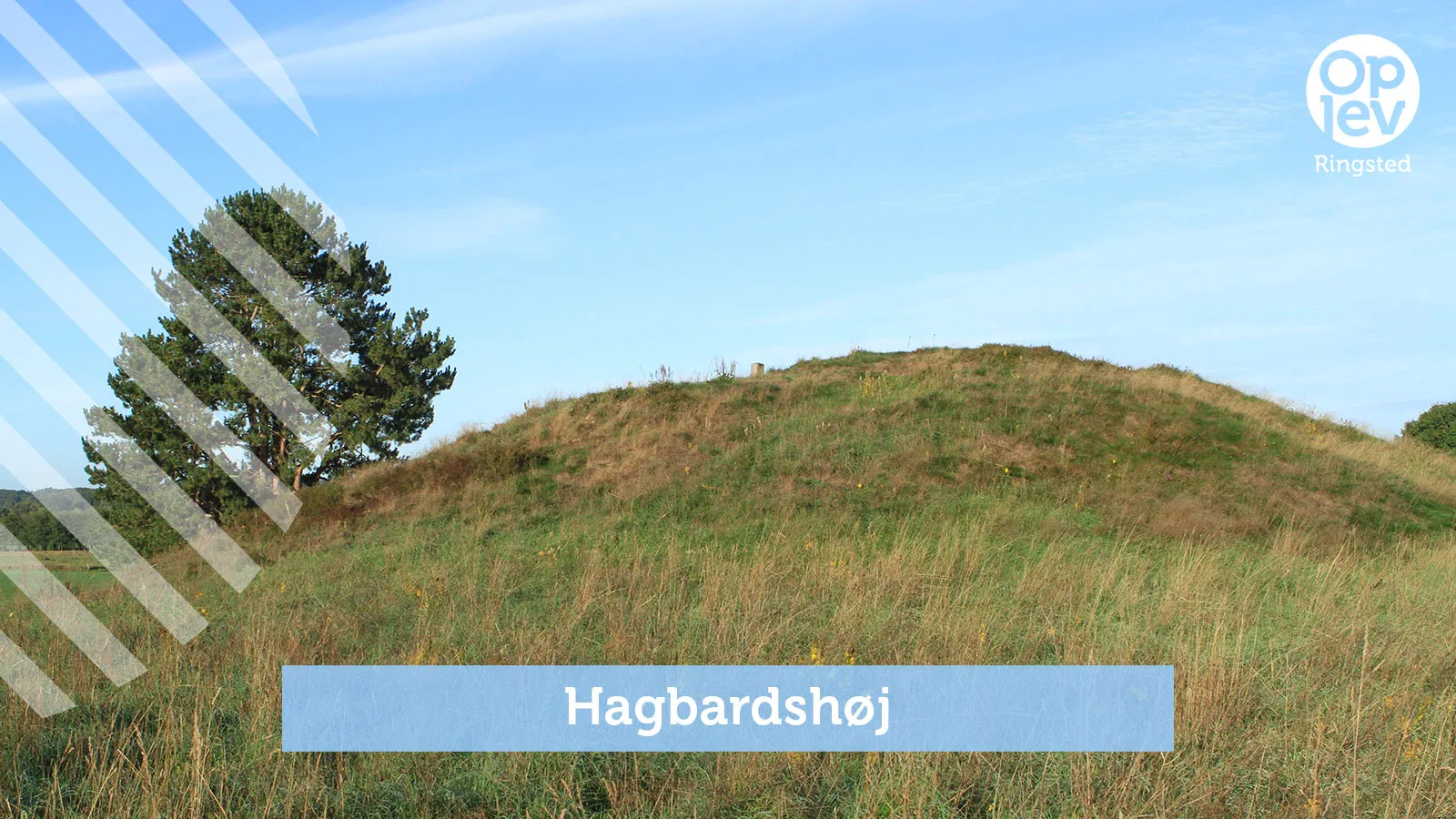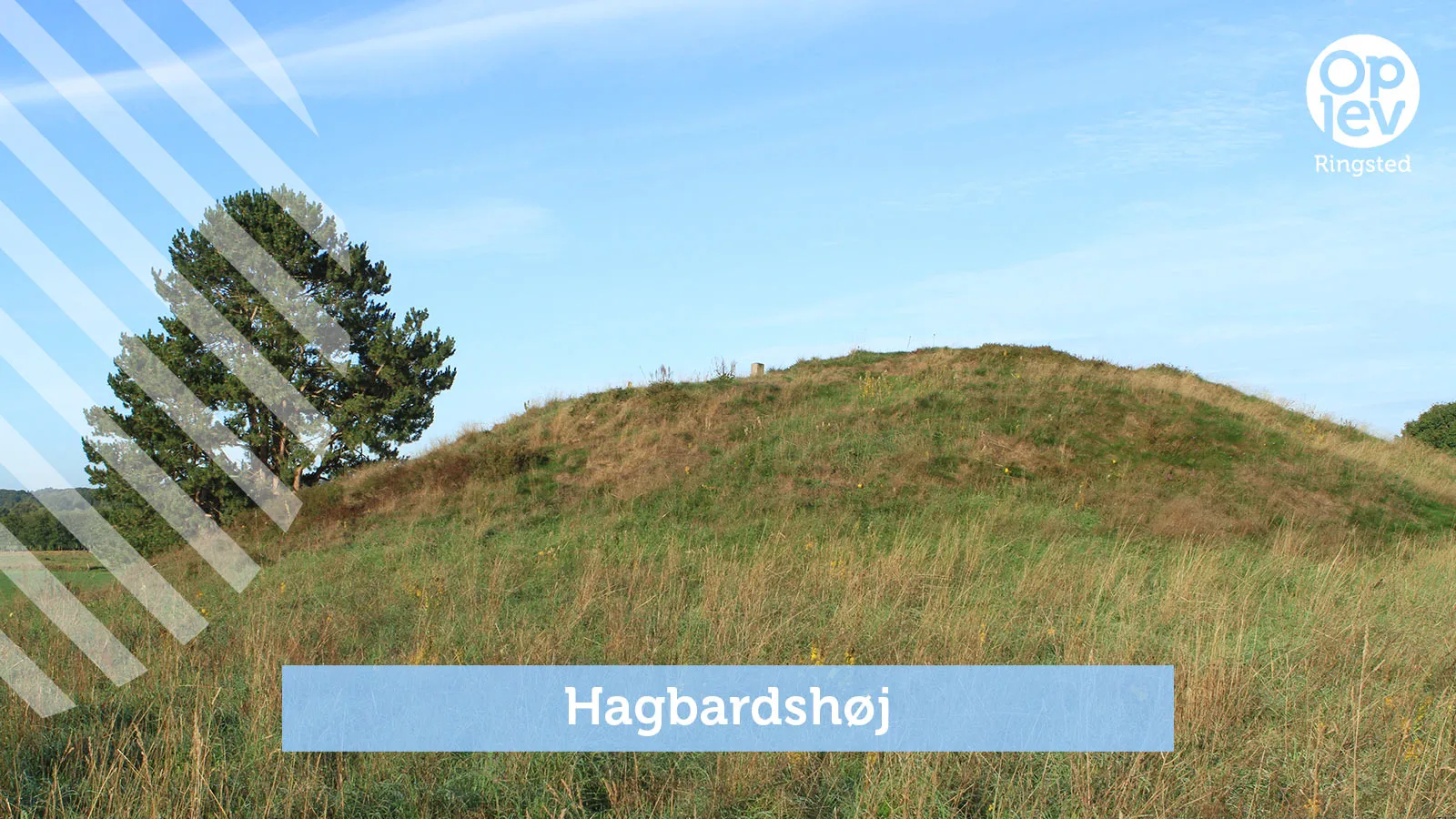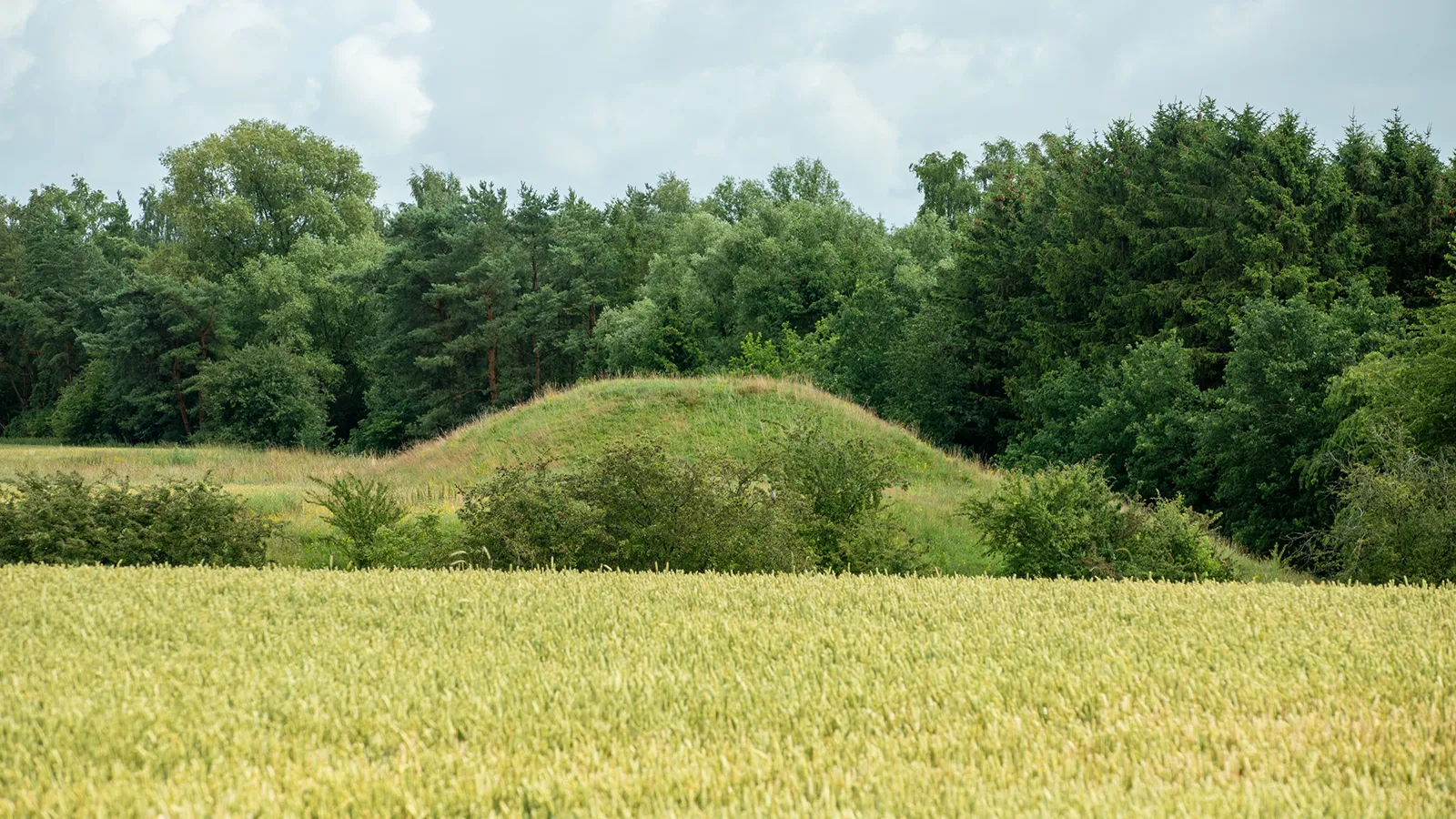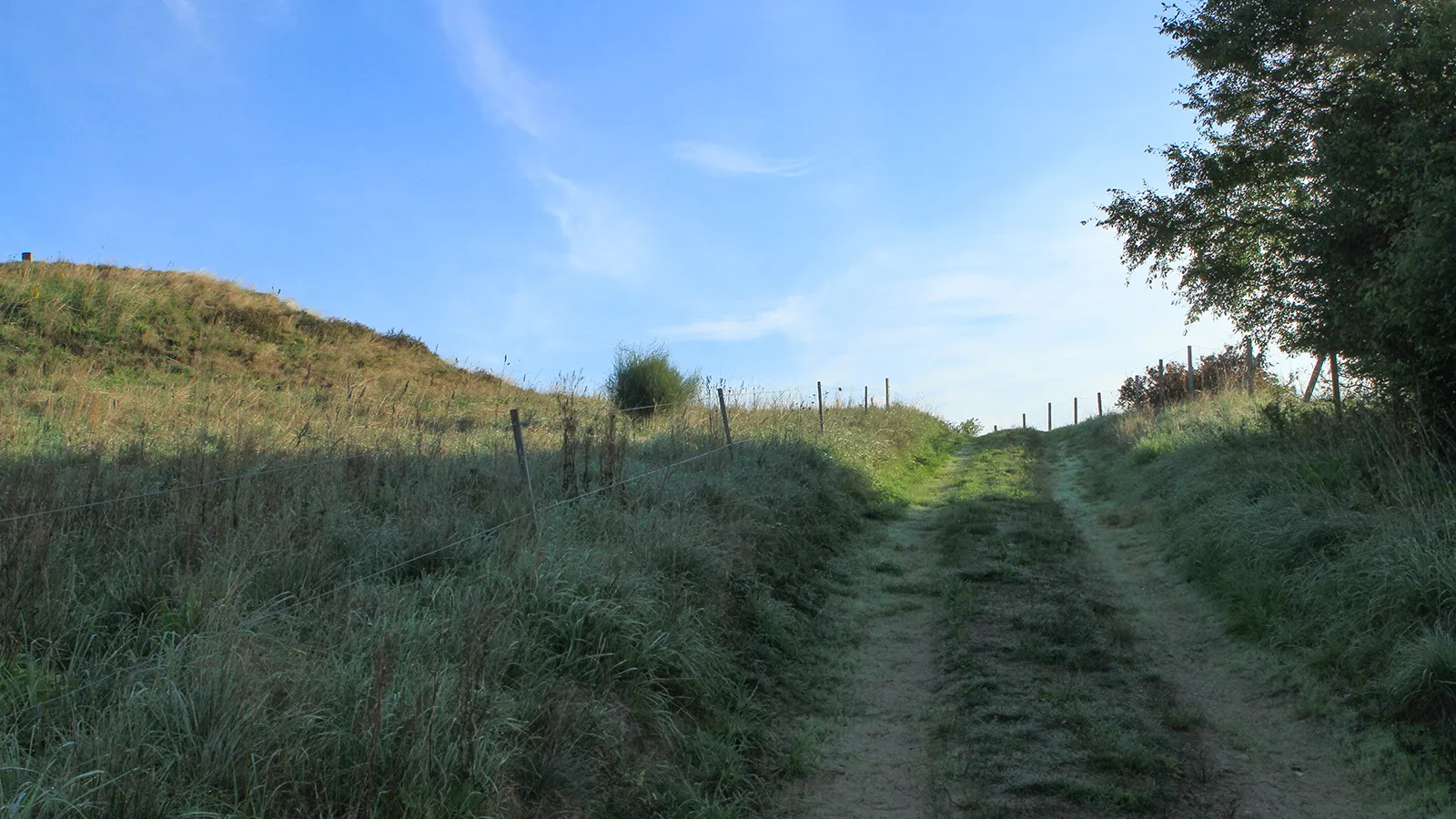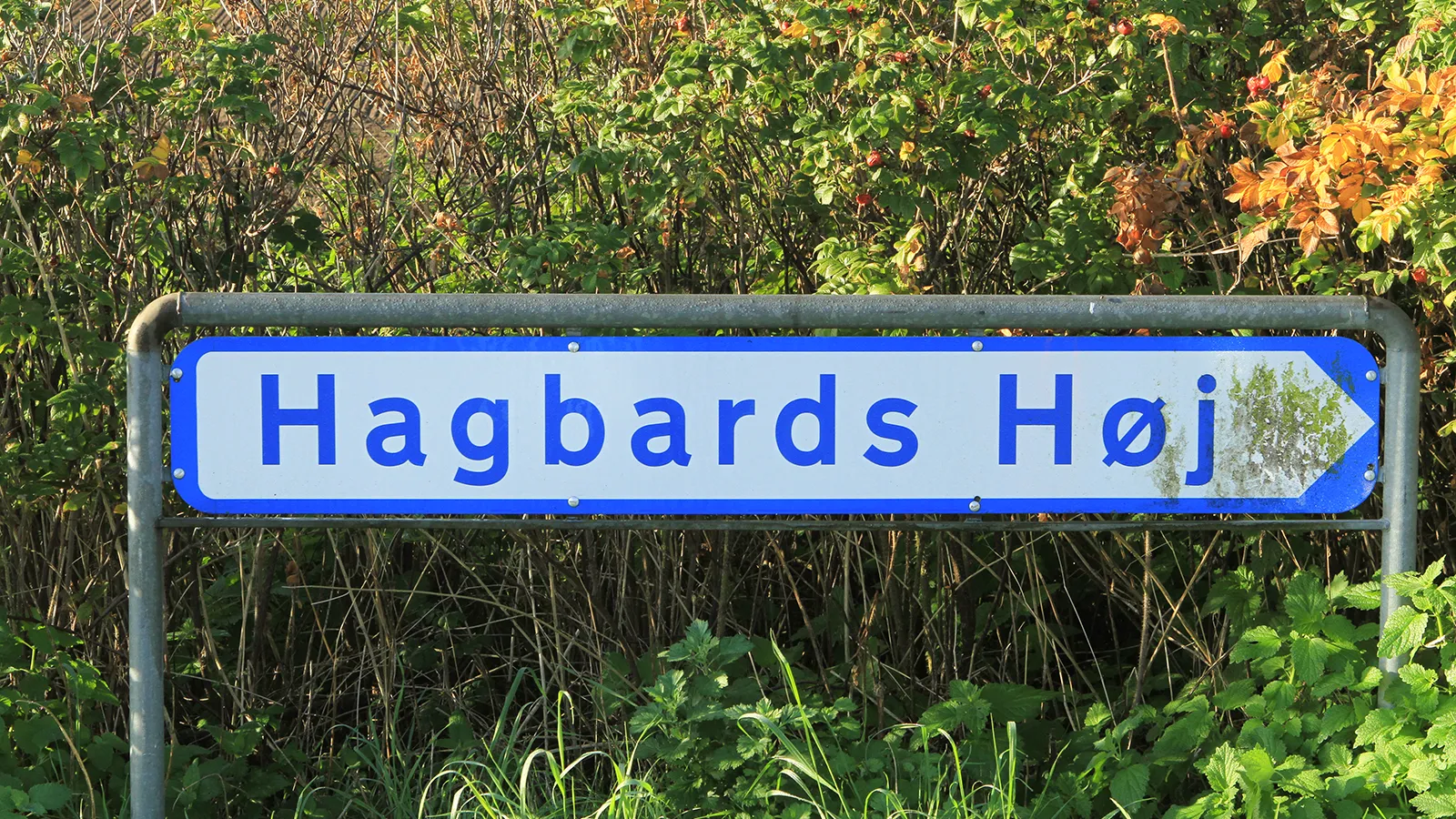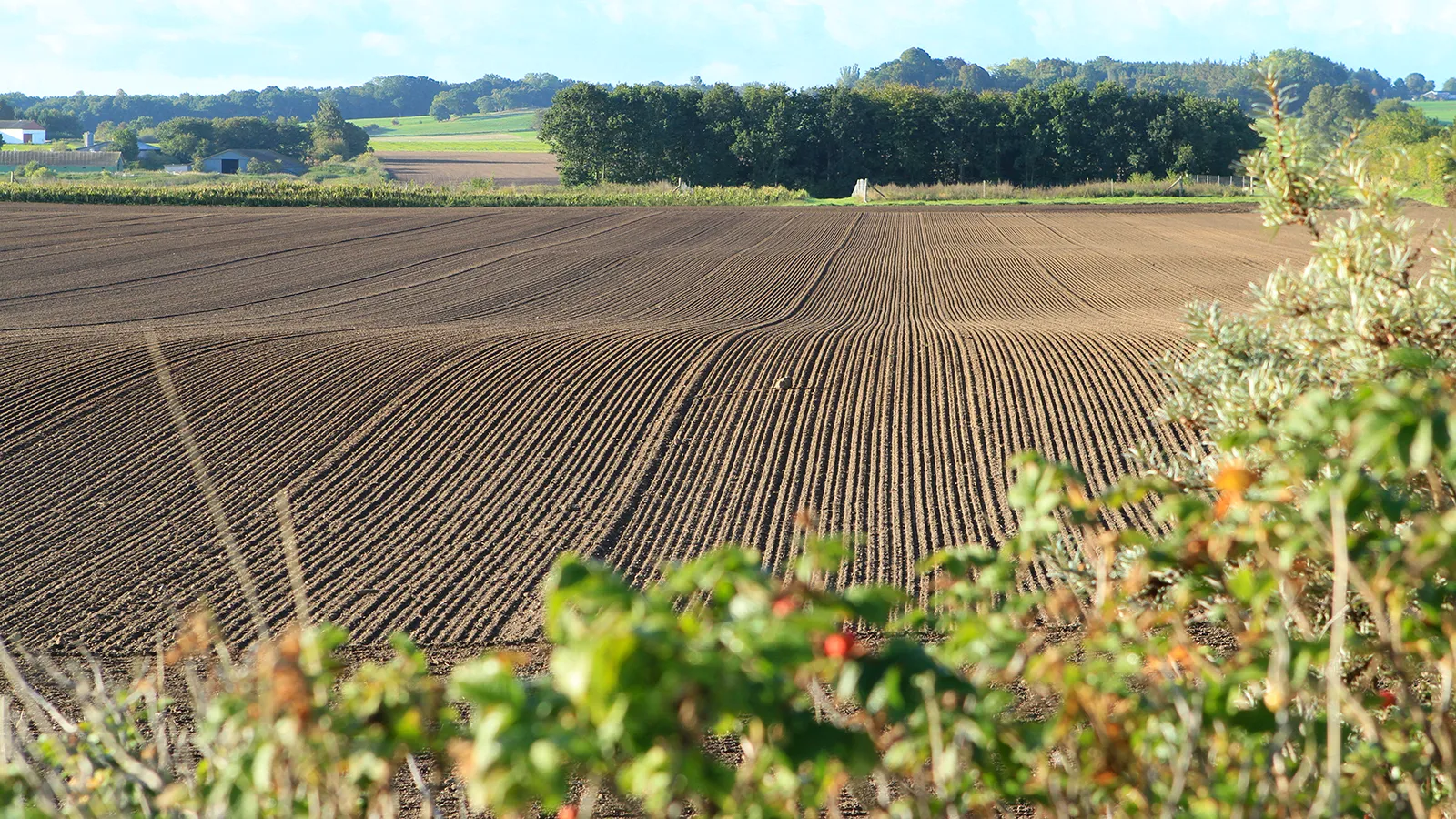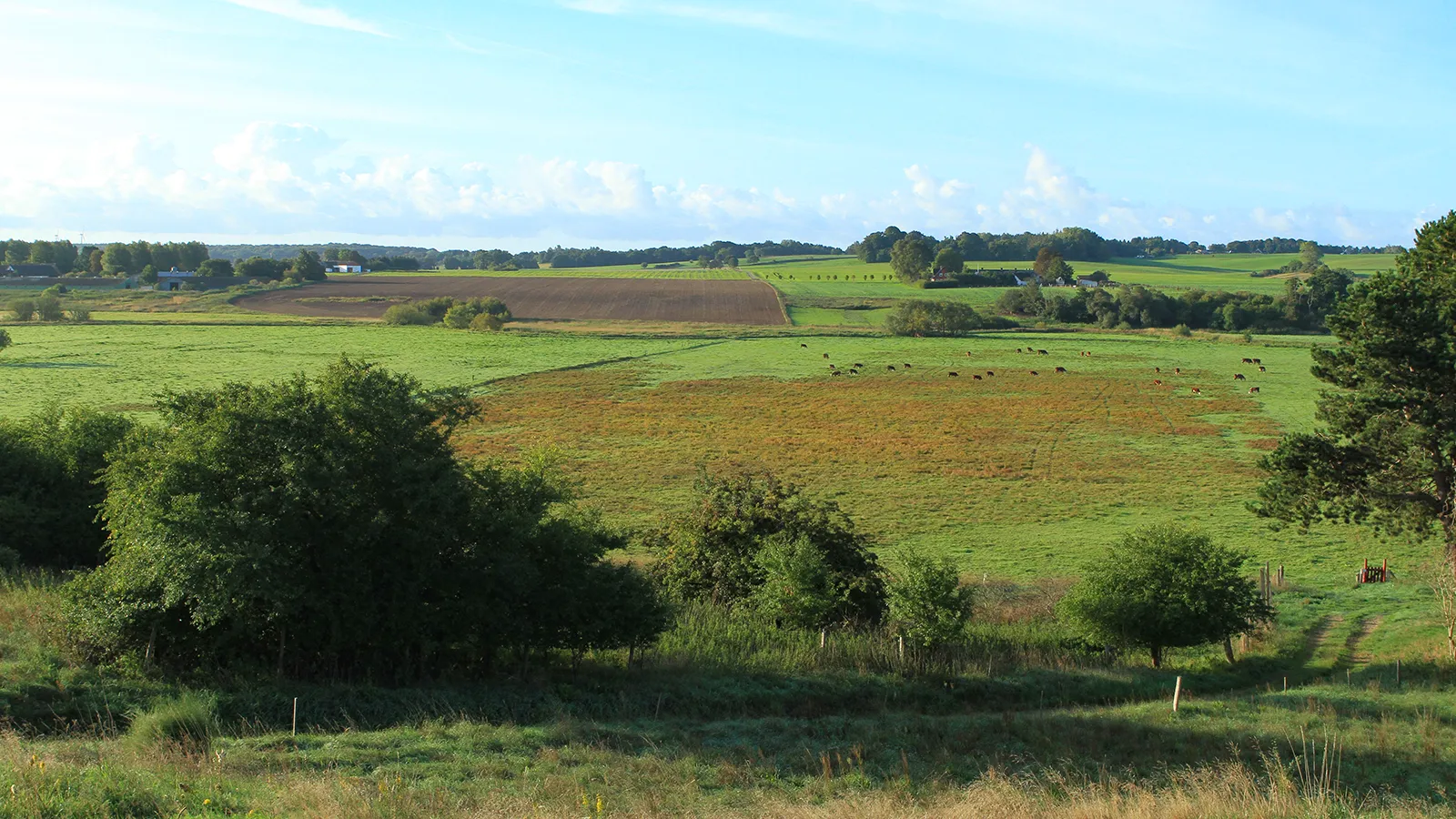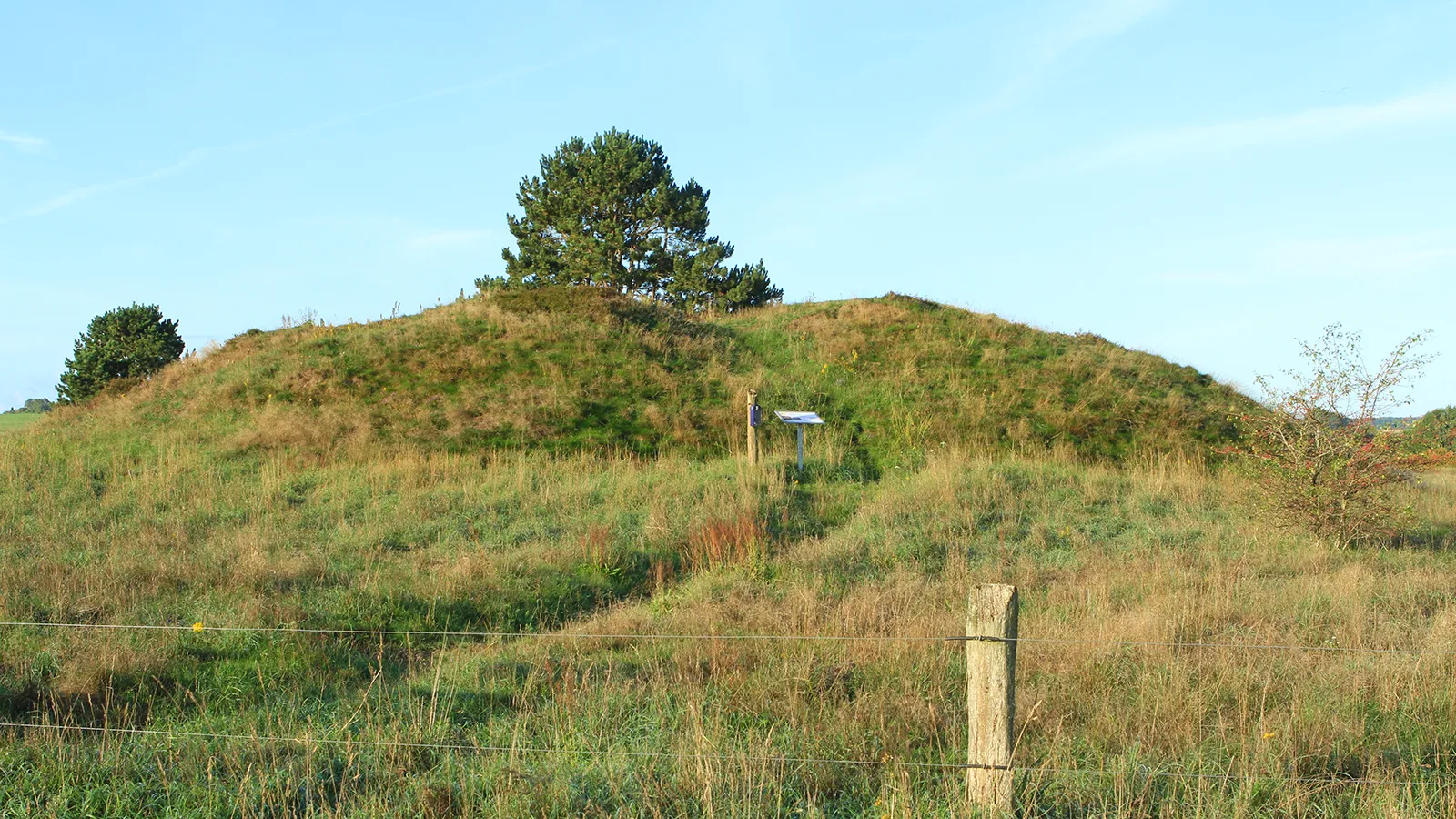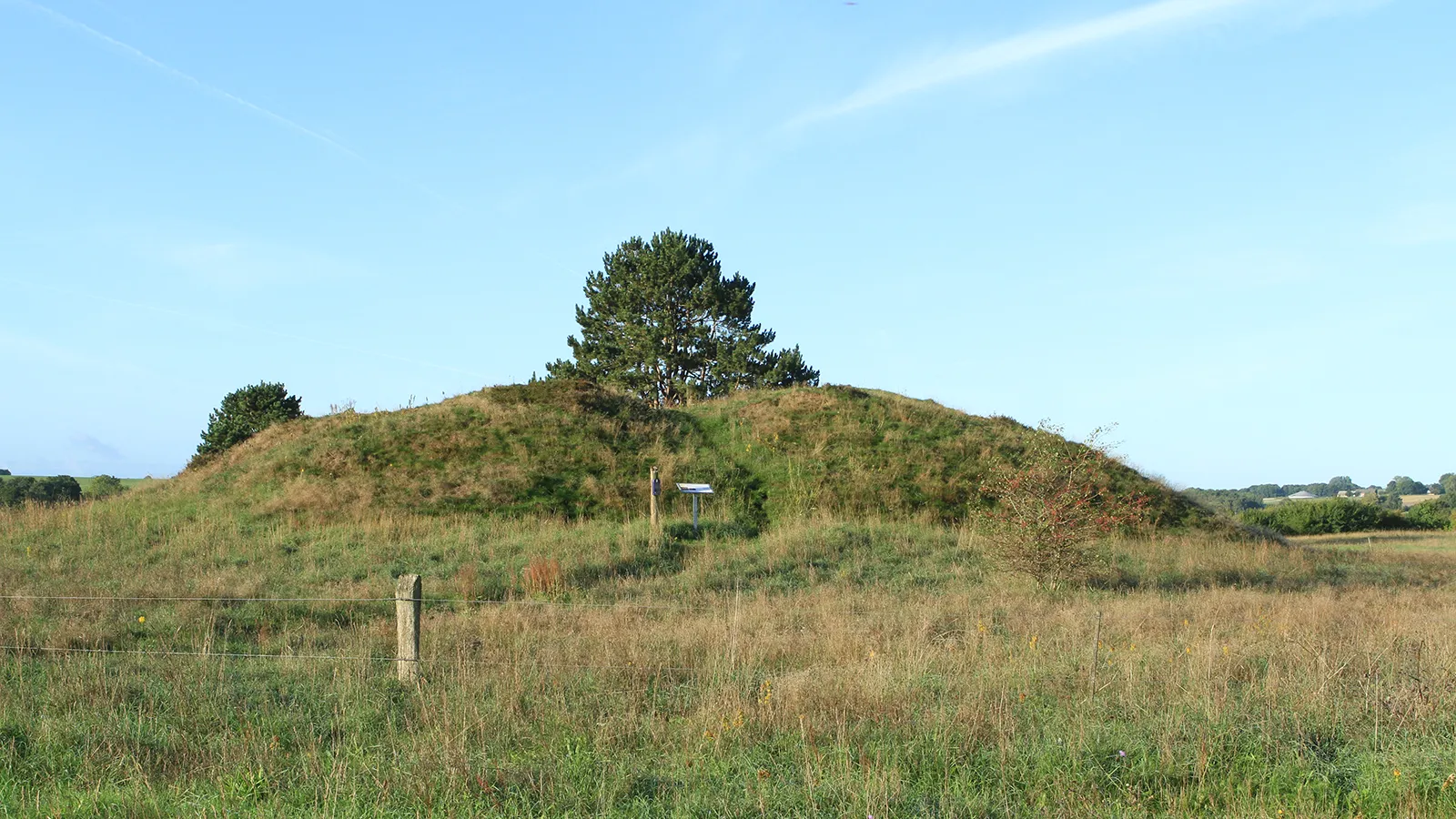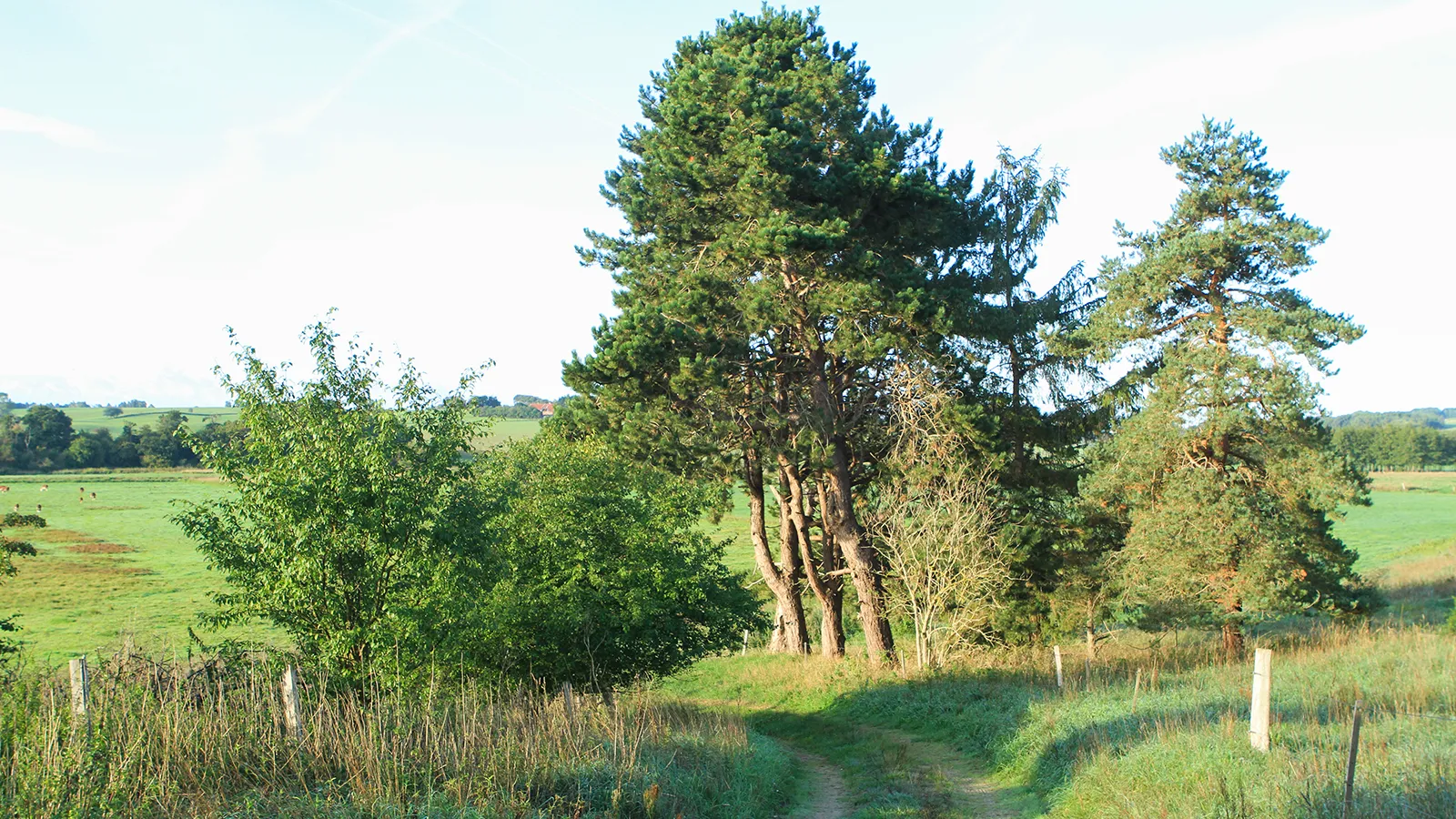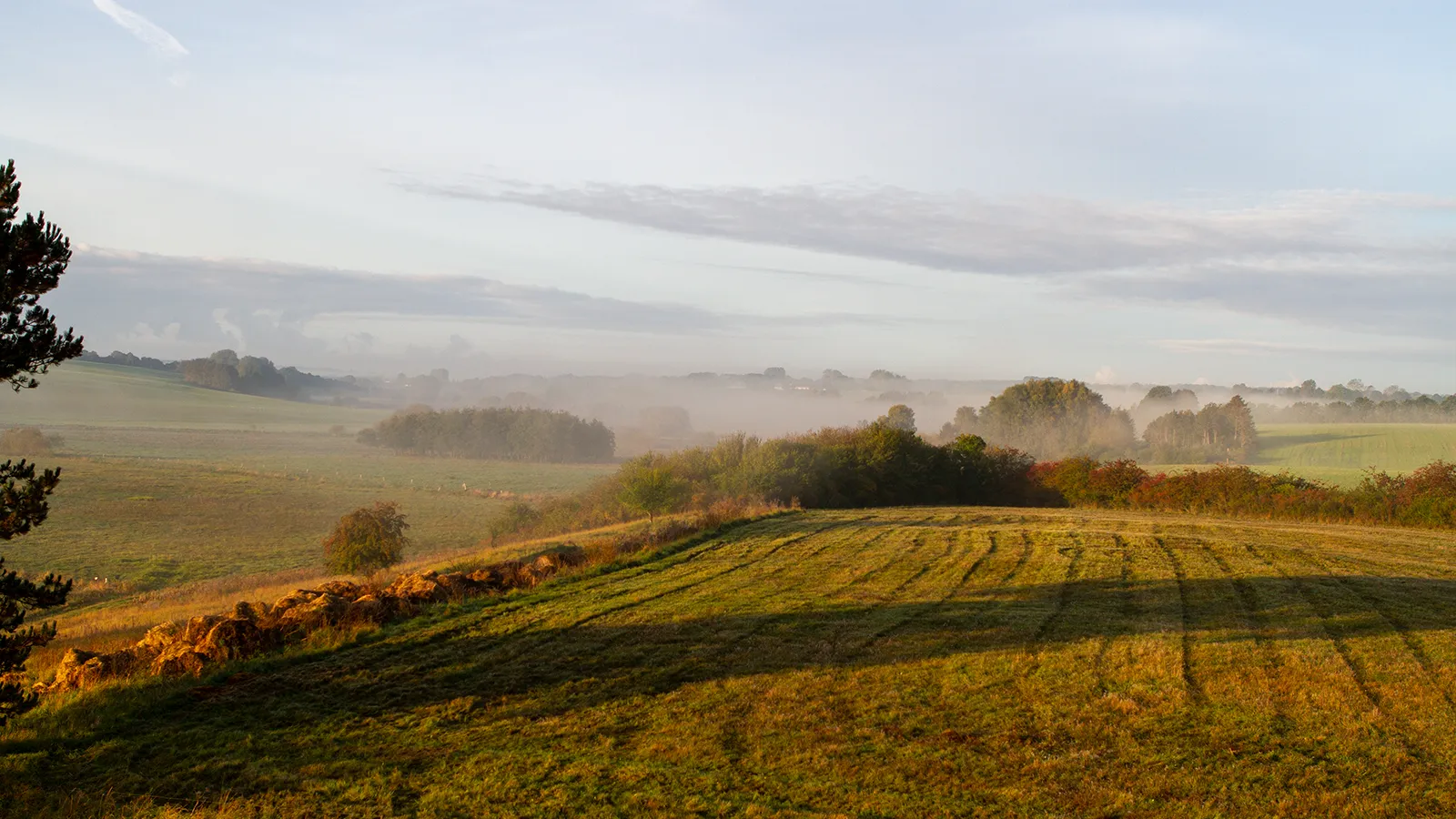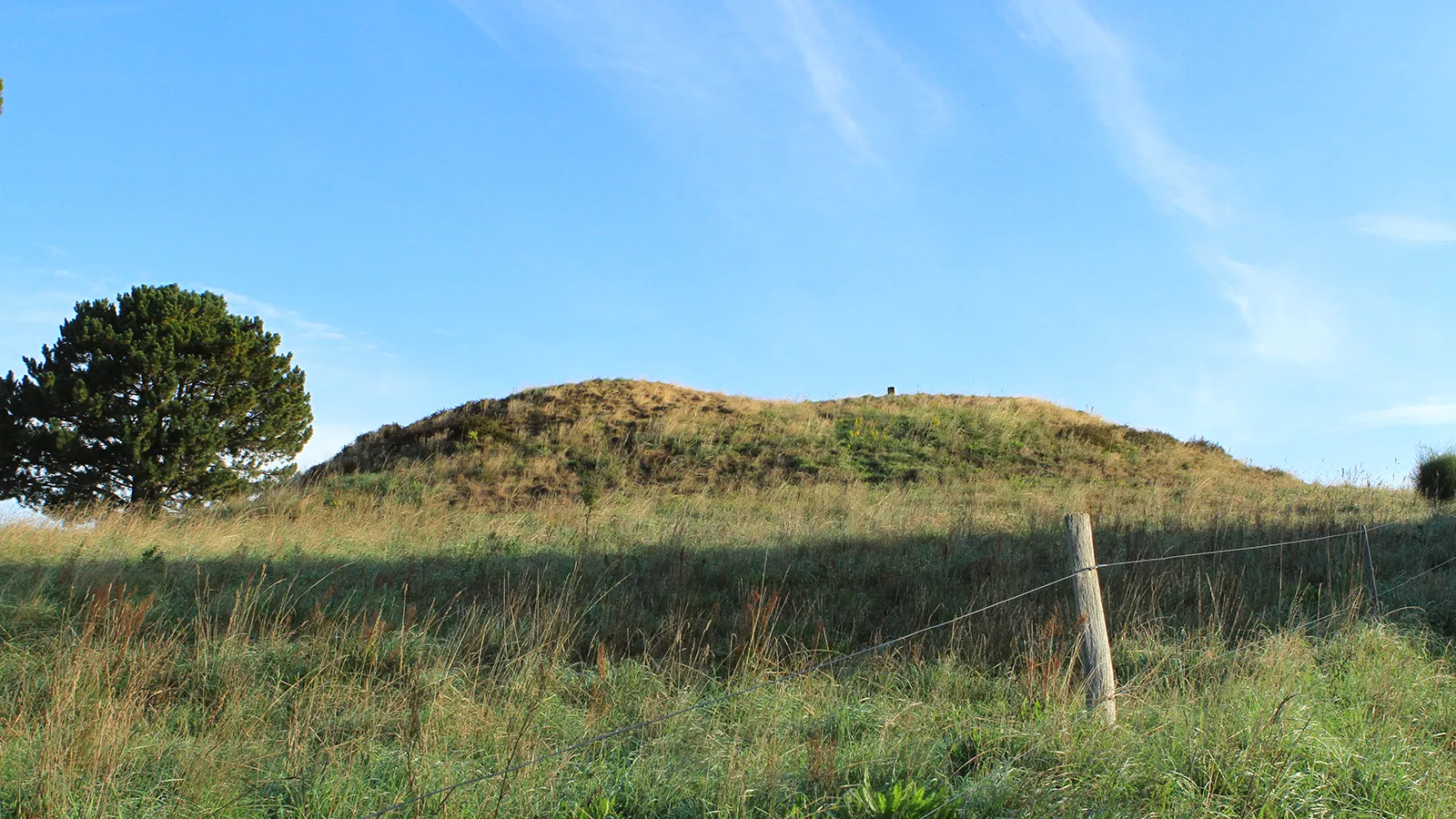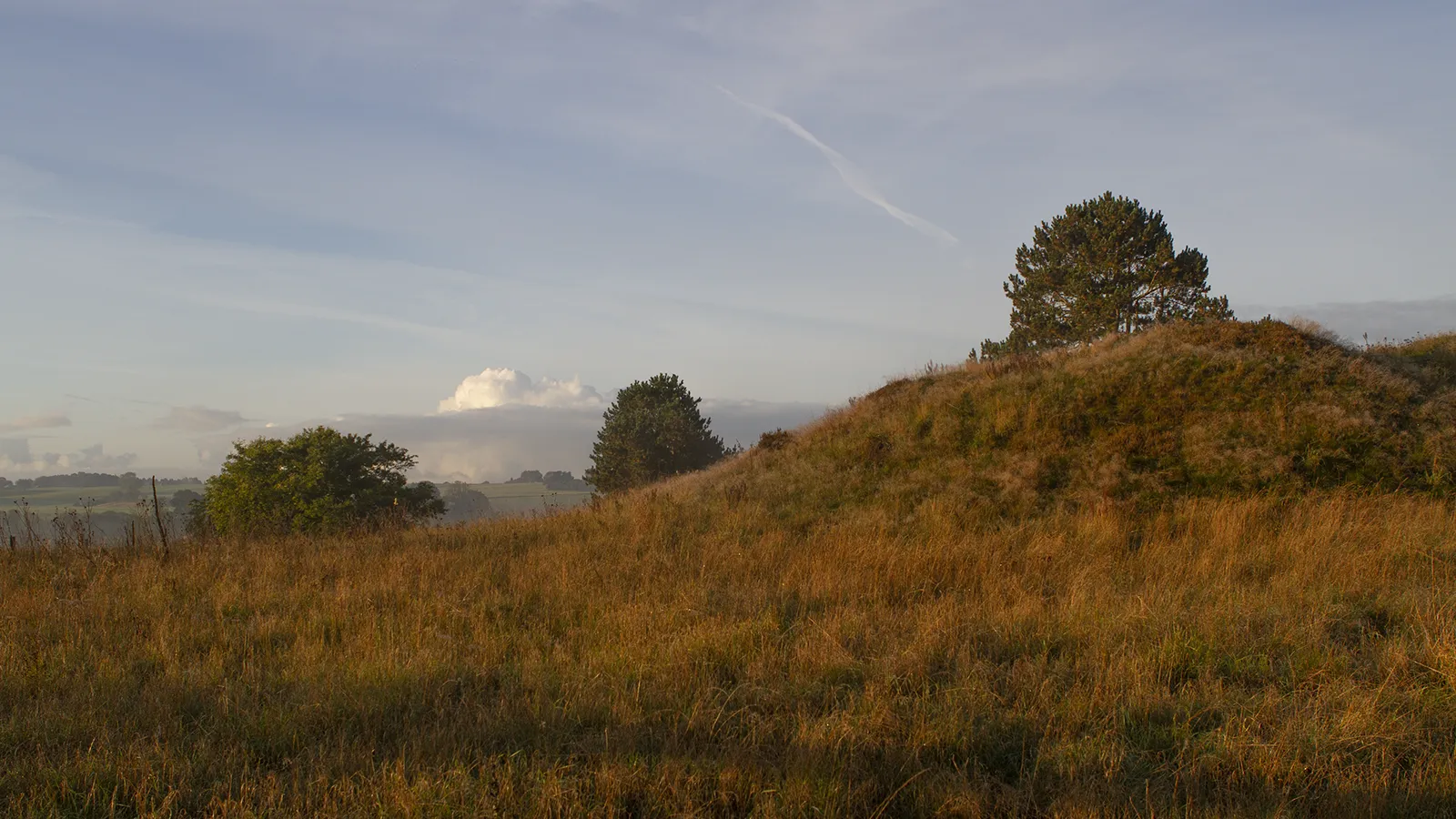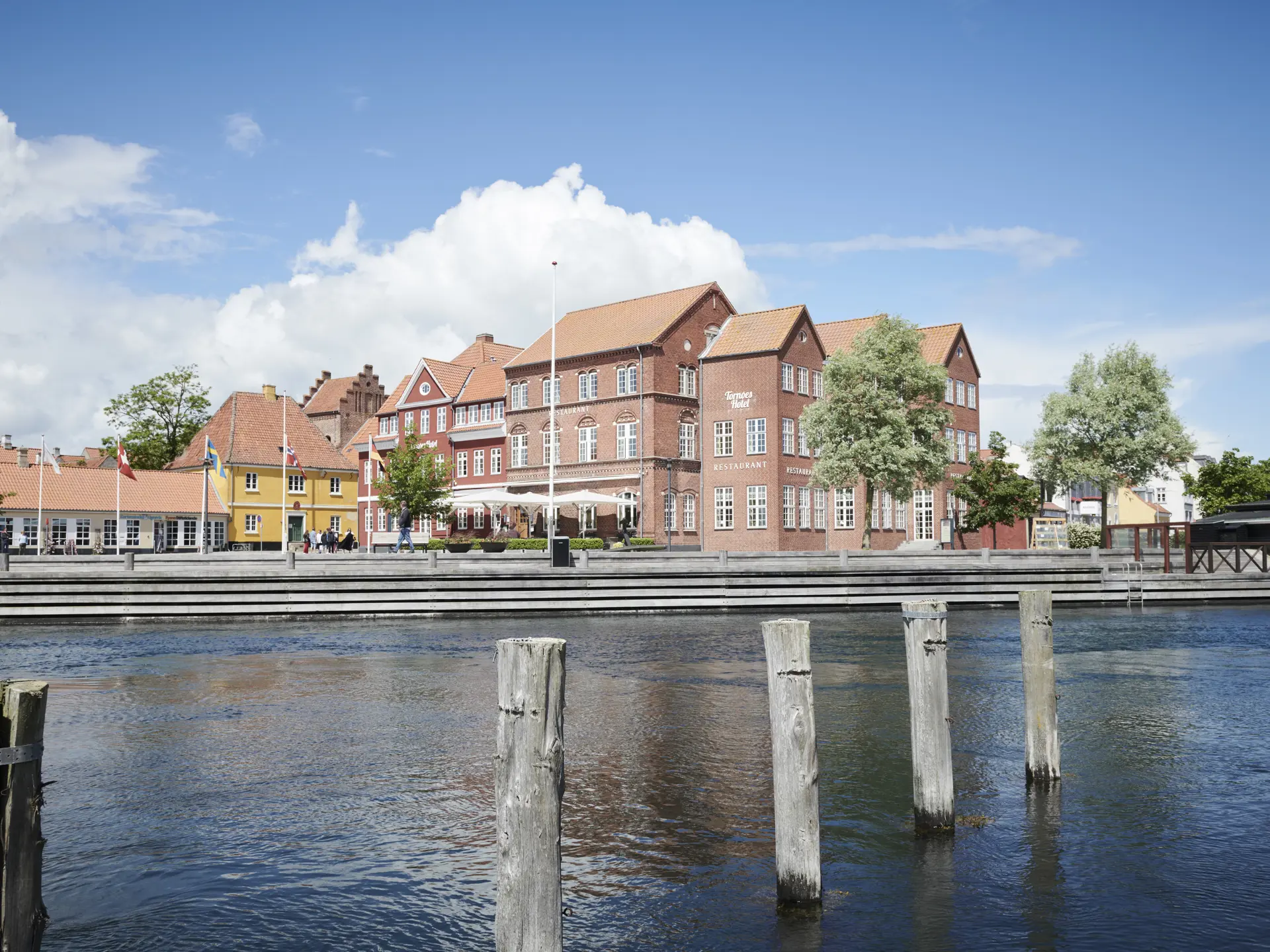In the heart of the beautiful landscape near the village of Sigersted in Ringsted Municipality, Hagbard’s Mound rises as a silent witness to the dramas of the past. This impressive burial mound is one of Denmark’s largest and dates back to the Bronze Age - over 3,000 years ago. But the significance of the mound goes far beyond its archaeological value. It is inseparably tied to one of Denmark’s most moving tales of love: The Legend of Hagbard and Signe.
500 meters to the north lies Elmehøj, which is also known as Signe’s Mound.
Love and Tragedy:
The Legend of Hagbard and Signe
King Siger (also known as Sigfred or Sigurd) had his royal estate in Sigersted. He was the father of two sons and a daughter named Signe. The king’s sons came into conflict with the Norwegian under-king Hamund’s three sons, one of whom was Hagbard. In time, peace was made between them, and the Norwegian princes accompanied the Danes back to Sigersted. It was here that Hagbard and Signe fell deeply in love.
However, the peace did not last. The conflict flared up once more, ending in tragedy: Hagbard’s two brothers were killed, and Hagbard himself took revenge by killing Signe’s two brothers. This left Hagbard in grave danger. Desperate to see Signe one last time, he disguised himself in women’s clothing and gained access to her chamber. There, the two lovers swore an oath to each other: if one of them should die, the other would follow.
Hagbard was soon discovered and sentenced to death by hanging. To test Signe’s vow, he arranged for his cloak to be hoisted up in the gallows as a signal that he was dead. When Signe saw the sign, believing Hagbard already lost, she fulfilled her promise: she set fire to her chamber, perishing in the flames along with her maidens.
When Hagbard saw the smoke rising, he understood that Signe had kept her word. Only then could he calmly face his own death.
Inspiration for Fairy Tales and Tragedies
Hagbard’s Mound and the legend attached to this place appear in Hans Christian Andersen’s fairy tale “A String of Pearls” from 1859. In the story, a series of geographical locations are woven into a poetic narrative.
The poet writes:
“Now we come to Sigersted near the town of Ringsted; the stream’s bed lies low; the yellow grain grows where Hagbard’s boat once landed, not far from Signe’s maiden bower. Who does not know the legend of Hagbard, who hung in the oak, and Signe’s chamber that stood in flames—the legend of strong love.”
The legend also inspired Adam Oehlenschläger to write the tragedy “Hagbard and Signe” in 1815, and it served as the inspiration for the film “The Red Mantle” (Den Røde Kappe) from 1967, directed by Gabriel Axel.
Botanically Interesting
The area is a dry grassland, and because it is a hill, there is significant runoff of rainwater. At the same time, the ancient monument has been kept free from cultivation and fertilization for many hundreds of years. This has created rare growing conditions that favor uncommon plants; among others, Deptford pink and devil’s-bit scabious grow here. Nearly 100 plant species have been recorded on this mound, which is an unusually high number for a burial mound in Zealand.
Here you can download the brochure.
